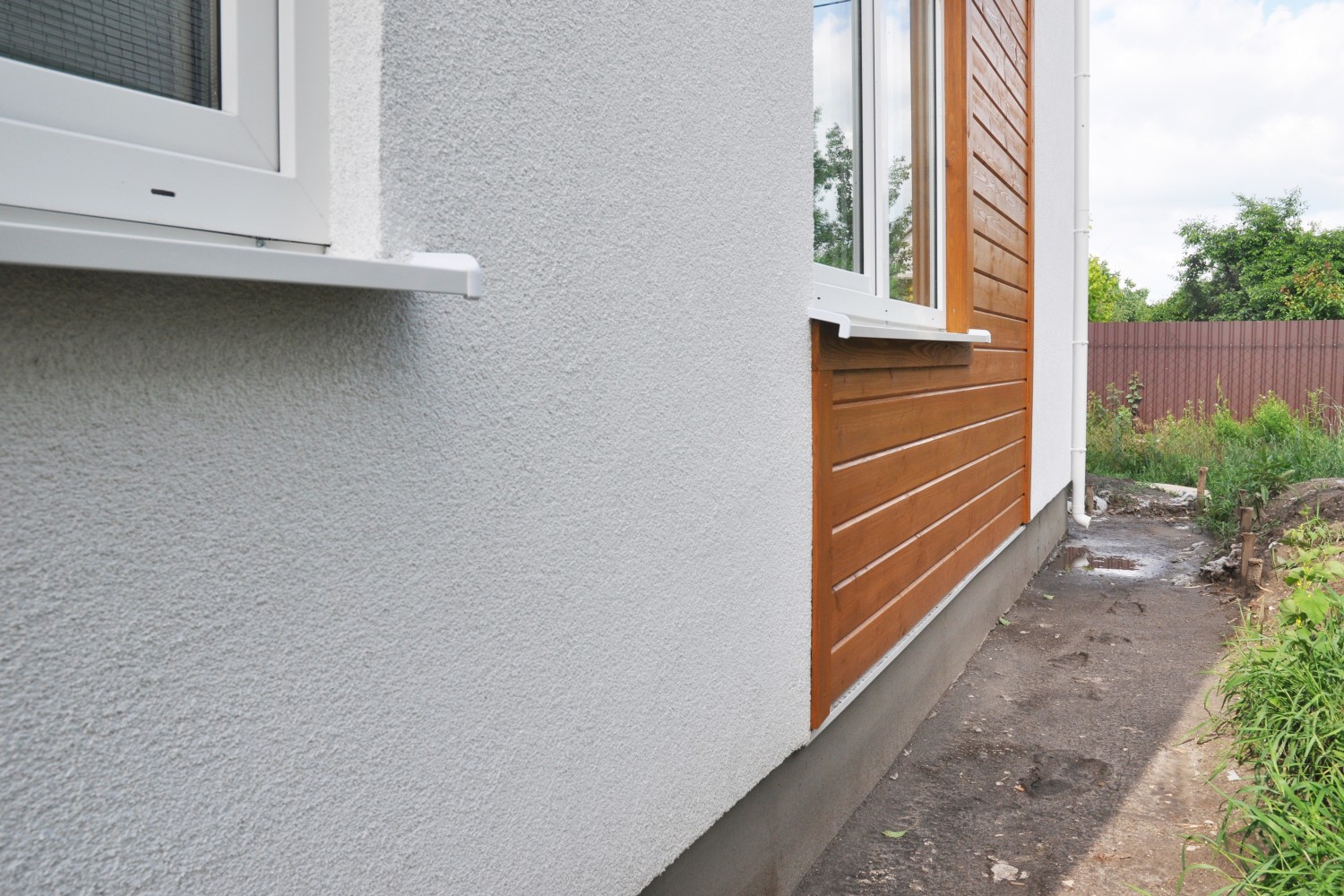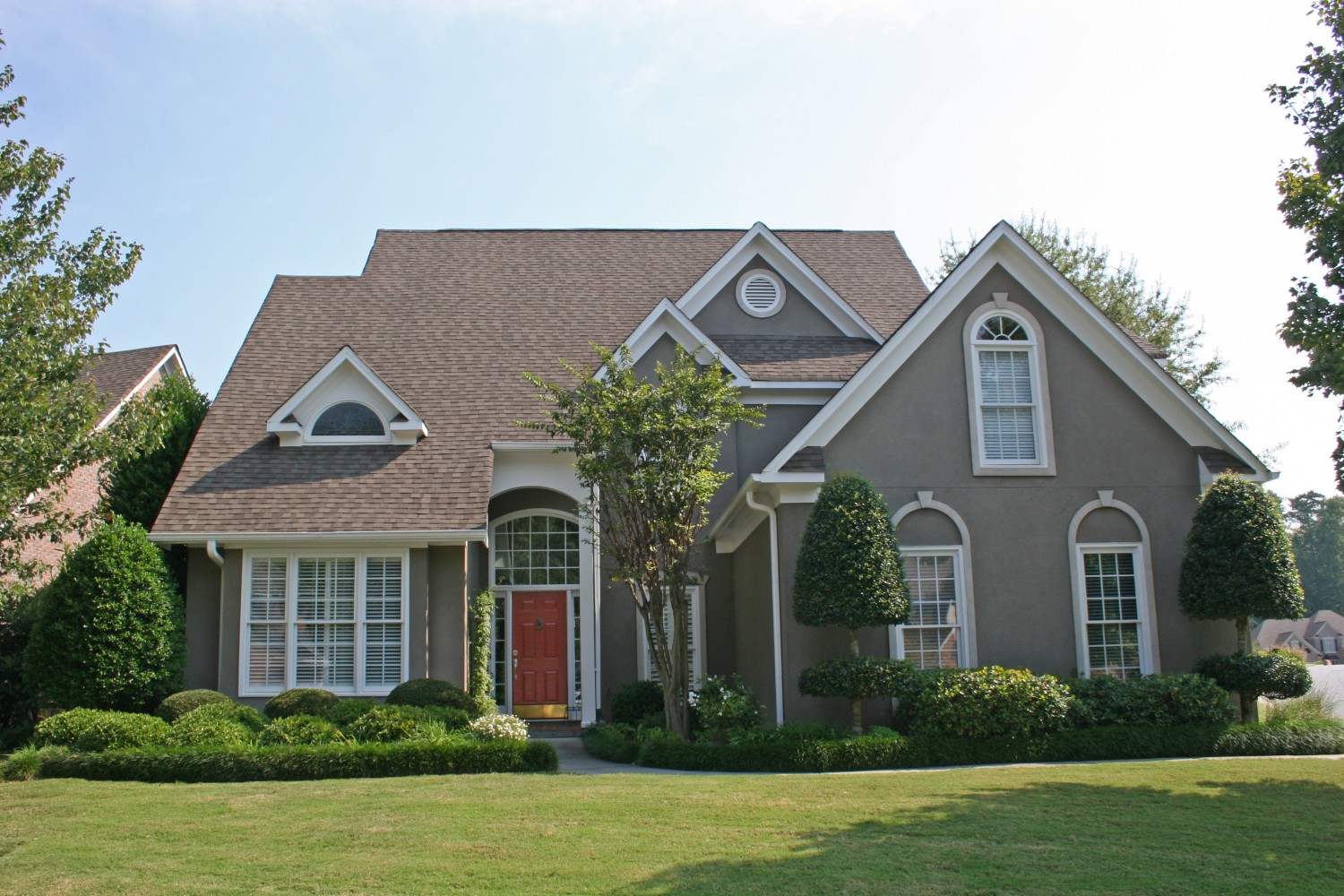A home or business’s stucco installation can be inspected to see if there is any damage. Stucco deterioration may occur on the outside, inside, or both. Interior damage is the thing you should truly be on the lookout for, although it might be hard to see without a thorough check. In order to prevent the harm from worsening and spreading, it is crucial to find it as quickly as possible.
We will discuss the different levels of inspection that are available when you need a stucco inspection and its advantages in this article.
Do You Need A Stucco Inspection?
There will come a time when you need to get a stucco inspection if you own a house or other structure with stucco on the outside. Ideally, you should have a basic inspection done annually or occasionally, depending on where you live. Homes in moister, low-lying areas will be more prone to mold and mildew growth, so they need to be inspected more frequently than homes in dryer areas with better airflow.
Also, if you believe that damage has happened, you should have an inspection done. Are there any mold or mildew symptoms visible? The stucco may be cracking on the surface. Exists the stucco with tiny holes? When moisture is trapped inside a wall, mold, and mildew are indicators. Surface cracking might be an indication that moisture inside the wall is going through freeze-thaw cycles. Moreover, tiny holes might be insect tunnels, which enable moisture to enter the wall through the wall.
What Are The Benefits Of Stucco Inspection?
An examination of the stucco has the main advantage of allowing for the detection of deterioration before it spreads and deteriorates. This will help you avoid spending a lot of money in the long term. If the first detection of any mold had been ignored for years or decades, it may have developed into serious interior structural damage.
The scope of a cleanup job related to damage discovered during an inspection may also be decreased. The whole wall or structure may not need remediation if the examination only finds interior damage to one area of the wall. It saves time and money by doing this. To make sure the rest of your stucco is installed properly, you can still choose to have everything fixed.
A stucco inspection may also provide you with peace of mind. Knowing the harm you saw isn’t as severe as your first thought is comforting from time to time. Each time you find the mold and it turns out to be isolated to that area of the wall and not an indication of more serious damage, that is a good sign.

Diverse Stucco Inspection Levels
Stucco examination comes in three stages, each one more thorough than the last. Inspections at these three stages are visual, non-invasive, and intrusive.
Checking Visually
Visual inspections make up the initial stage of stucco inspection. It is the only purpose of this level to ascertain if externally visible damage is present. Looking for damage requires a tour around the property. Visual inspections have the advantage of being self-contained, so you only need to call a stucco expert if you discover a problem. A professional may, however, also identify damage symptoms that you might overlook, so it’s still a good idea to periodically have a visual examination.
Doors, windows, and other wall entry points like utility cutouts are among the important places that are inspected. Also, it’s crucial to inspect any areas where roof overhangs may cause water to run down walls. After a visual examination, if no indications of injury are discovered, you are most likely safe for the time being.
Inspection without Trespass
The second stage of a stucco inspection is non-invasive. If there is damage that is not visible on the surface of the walls, it can be found at this level. Without having to peek inside the wall, it may also be used to estimate the degree of damage there. Thermal imaging is used in order to accomplish this. The use of thermal imaging allows for the detection of cold spots within walls that may be signs of moisture. If these locations are discovered, it is likely that cleanup will be required soon rather than later.
This is also the period when more thorough visual checks are done. In an effort to identify the source of the water intrusion, the area of the wall immediately around any suspected area of underlying damage is examined more carefully.
Unwelcome Inspection
An intrusive examination that entails drilling a few tiny holes into a wall to get access to the interior structure is the last stage of stucco inspection. We can take moisture readings of the interior of the wall after the holes are drilled. This method of taking photos is also possible. The holes that were drilled are sealed with caulk when the examination is complete. As a result, the holes are concealed from view and are kept from allowing any more moisture to seep into the wall.
Conclusion
Has the stucco outside of your house shown any indications of damage? In such a case, scheduling an inspection could be in your best interest. Damage may be remedied if it is discovered early enough before it spreads and worsens. You may rest easy knowing that your property isn’t deteriorating from the inside if there is no damage identified. A visible, non-invasive, or invasive inspection will be conducted when the inspection is conducted. A visual inspection is frequently conducted first, followed by additional inspections as necessary.
Danny Boy Consulting
A stucco inspection can determine the degree of damage if your house or place of business has stucco walls that are showing symptoms of wear. We have been installing, examining, and repairing stucco for decades. For an inspection or remediation appointment, get in touch with Danny Boy Consulting right away.


